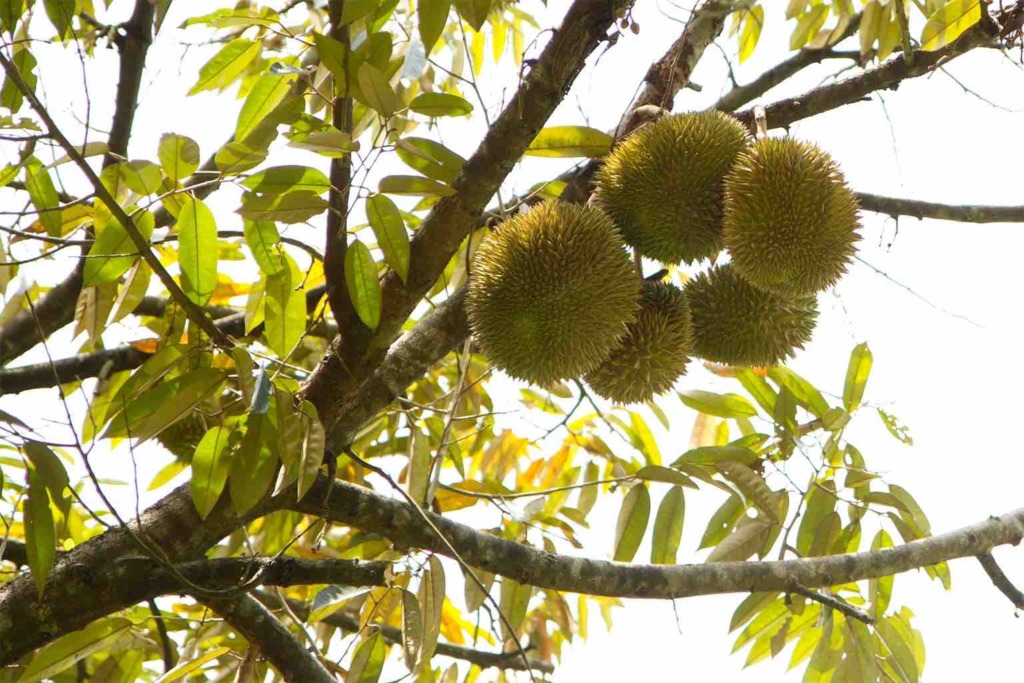From Mongabay for Kids
Edited by -Vinuri Randhula Silva,
Ecosystem services are things nature provides for humans that help us survive and stay healthy. For example, plants produce oxygen that helps us breathe. Plants also provide food and shelter for us.
Bats provide ecosystem services to people too. Bats help pollinate plants that provide us with food.
In the province of North Sumatra in Indonesia, bats help pollinate important crops like durian (a kind of fruit) and sugar palm.
Researcher Hamid Arrum Harahap studied what farmers in North Sumatra thought of the bats that live on their farms. Some of the species of bats living there include the large flying fox (one of the largest bat species), the cave nectar bat, and the Dayak fruit bat.
Dr. Arrum interviewed over 100 people about what they thought of bats in North Sumatra. He found most people did not know that bats pollinate their crops. Many of the people interviewed did not know a loss of bats could affect crops.
Farmers reported that they either hunted, ate, or used bats in traditional medicine as a cure for asthma. Bats were also sold in local markets.
Dr. Arrum concluded that increasing knowledge of ecosystem services is key to conserving bats in North Sumatra province. “One of the key solutions to this problem is the importance of engaging local communities,” he said. Dr. Arrum recommends that education programs be created to show people how conserving bat populations will benefit durian farmers. The bats are important pollinators of these crops.
What plants and animals help you?
Ecosystem services are the benefits we get from the natural environment, like air filtration, pollination, food, medicine, and fibers for clothing. Can you think of an ecosystem service that helps you and your community? What plants or animals provide that service? Do you think that people in your community are aware of how plants and animals help benefit humans? If not, how could you help share this information with people in your community?


Comments
Post a Comment